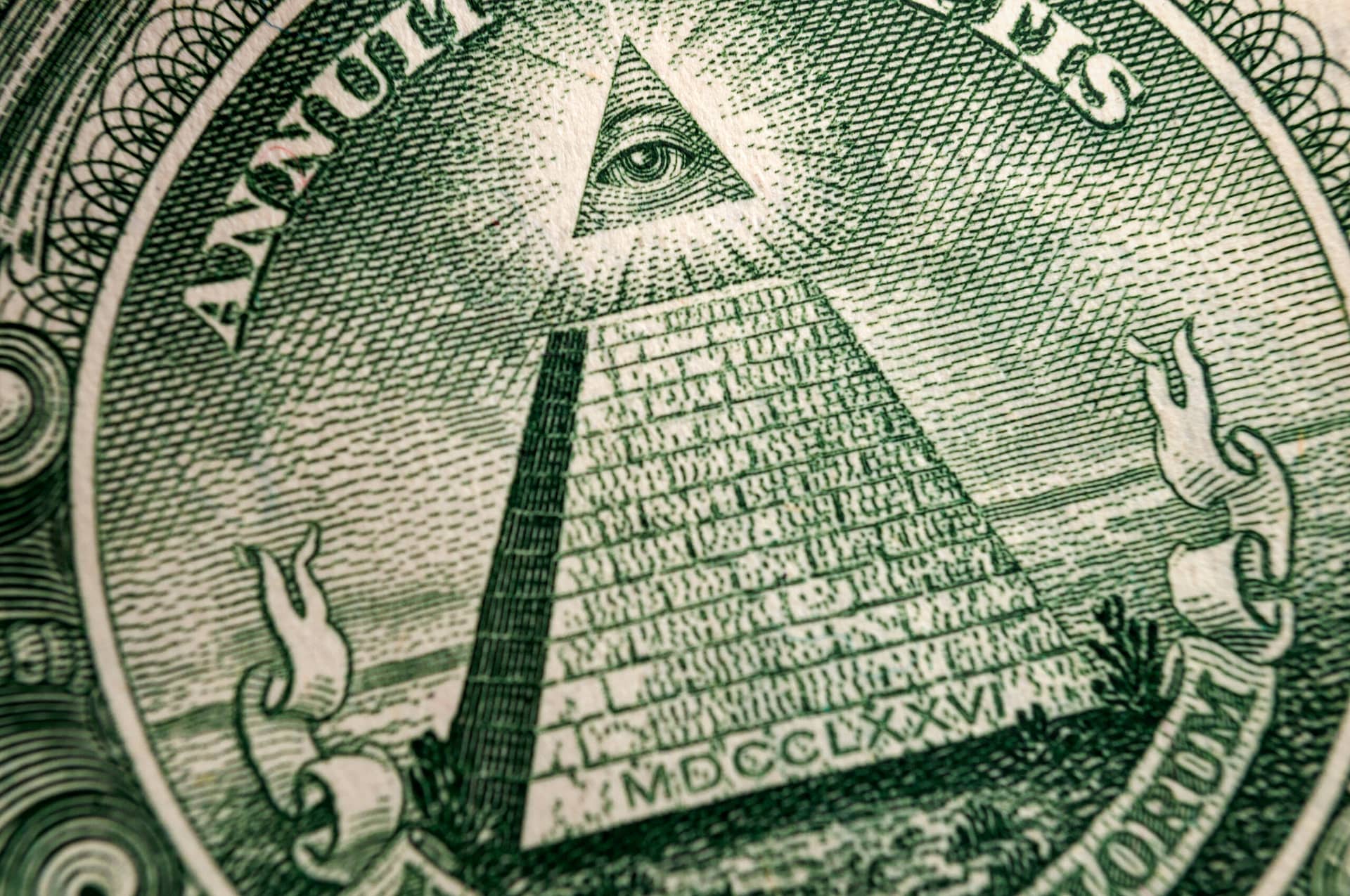A Simple Guide on How to Join a Masonic Lodge Locally
A Simple Guide on How to Join a Masonic Lodge Locally
Blog Article
Discover the Tricks Behind the copyright and Their Influence on Society
The copyright, commonly shrouded in myth and conjecture, presents a fascinating instance research of how historic ideals can morph into contemporary conspiracy concepts. As we discover its origins, influence on advanced idea, and portrayal in modern culture, we start to discover the layers of intrigue that continue to captivate society.
Beginnings of the copyright
The copyright, frequently shrouded in enigma and speculation, traces its origins back to the late 18th century. Established in 1776 in Ingolstadt, Bavaria, the team was started by Adam Weishaupt, a professor of canon regulation. Weishaupt intended to advertise Knowledge values, consisting of reason, secularism, and the separation of church and state. At first known as the Bavarian copyright, the company's key objective was to respond to the pertinent influence of spiritual dogma and advertise intellectual discourse among its participants.
The copyright embraced an ordered structure, attracting ideas from Freemasonry, which permitted deceptive meetings and routines - how to become a freemason. Membership was careful, incorporating prominent numbers from various areas, consisting of politics, approach, and science. This elite network sought to effect social and political adjustment through private means, supporting for the legal rights of people and the betterment of society
Despite its relatively brief presence, the Bavarian copyright was officially disbanded in 1785 because of government reductions. However, its legacy withstood, triggering various conspiracy concepts and pop culture recommendations that remain to prompt intrigue and discussion concerning its influence on modern society.
Secret Myths and Mistaken Beliefs
Among the allure of secrecy surrounding the copyright, various myths and misconceptions have actually emerged, usually distorting the group's true nature and intents. One widespread myth recommends that the copyright manages the world's governments and economies. While it is real that the group aimed to affect social structures, the concept that it operates as a natural international puppet master is largely overstated.
An additional typical false impression is that all participants of the copyright have huge riches and power. In truth, the original copyright consisted of intellectuals and Knowledge thinkers, a number of whom looked for reform as opposed to dominance. Additionally, the idea that the copyright solely hires stars and political figures is misguiding; subscription has actually historically included a diverse variety of individuals.
In addition, conspiracy concepts frequently repaint the copyright as a malevolent company intent on global dominance through rotten methods. Therefore, separating fact from fiction is essential for a more clear understanding of the copyright's duty in culture.
Historic Impact on Society
Throughout background, various intellectual motions have actually exceptionally influenced social structures, and the copyright played a substantial function during the Knowledge. Founded in 1776 in Bavaria, the copyright aimed to promote factor, secularism, and the questioning of established authority, responding to the supremacy of religious dogma. This company brought in significant thinkers and advocates of freedom, fostering an environment for the circulation of Knowledge ideals.
The copyright's values championed sensible thought and empirical evidence, which contributed to the more comprehensive intellectual landscape that encouraged social reform and political adjustment. Members sought to improve society by advocating for education, freedom of speech, and the separation of church and state. Their private nature and enthusiastic schedule stimulated both intrigue and uncertainty, leading to their ultimate reductions by the Bavarian federal government in 1785.
Regardless of their dissolution, the legacy of the copyright continued, affecting cutting edge motions across Europe and the Americas. Their dedication to enlightenment concepts helped lay the foundation for contemporary democratic perfects and civils rights, leaving an enduring imprint on the foundations of modern culture. how to become a freemason. The allure of their secretive celebrations and philosophical pursuits remains to astound the creative imagination, emphasizing their historical value
Modern Interpretations and Beliefs
Contemporary analyses of the this copyright typically blend historic fact with conspiracy theory theories, creating a complicated tapestry of beliefs that capture preferred creative imagination. While the original copyright was a Bavarian secret society founded in 1776 with Enlightenment ideals, modern beliefs have actually progressed to encompass a vast array of interpretations, frequently concentrating on styles of control and privacy.

Additionally, some modern interpretations presume that the copyright offers as an allegory for the battle between enlightenment and ignorance, with supporters promoting recognition and vital thinking as a way to neutralize viewed oppression. This duality-- viewing the copyright as both a literal and symbolic entity-- illustrates the continuous fascination with the concept, mirroring deeper societal stress and anxieties about power, transparency, and individual autonomy in right here the contemporary globe.
The copyright in Pop Culture
The copyright has actually penetrated numerous aspects of pop culture, manifesting in literary works, movie, music, and art as an icon of intrigue and enigma. This secret society, commonly depicted as a shadowy pressure manipulating global events, has influenced numerous stories that explore motifs of power, conspiracy theory, and hidden expertise.

Songs, too, has actually been influenced by the idea of the copyright. Musicians like Jay-Z and Beyoncé have actually dealt with conjecture concerning published here their associations with the society, prompting discussions concerning importance in their work and the nature of fame.
Aesthetic art usually incorporates copyright motifs, with artists using icons like the Eye of Divine superintendence and the pyramid to stimulate a feeling of enigma. Through these numerous tools, the copyright serves not only as a subject of supposition yet additionally as a lens where society analyzes its very own complexities and concerns.
Verdict

Report this page